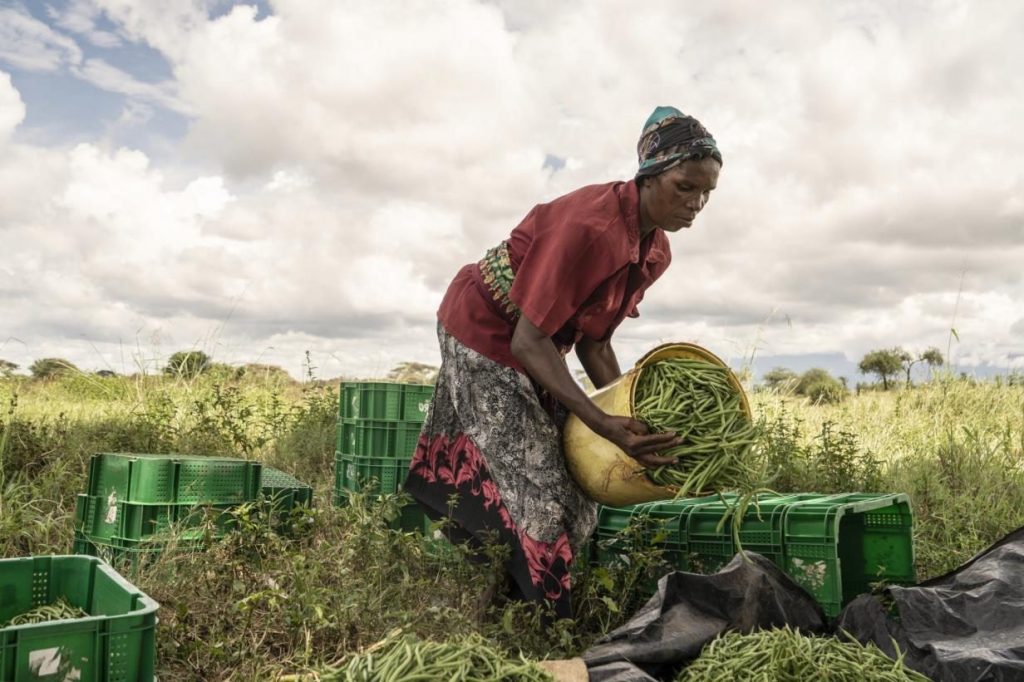National Rendering Day rolls around every April 21, shining a spotlight on the unsung heroes of waste management and the rendering industry. This day isn't just about tipping hats to modern practices; it's a journey back in time to where it all began. Imagine, if you will, ancient civilizations where the first sparks of rendering lit up, transforming animal by-products into necessities like cooking fats and lighting fuel. Fast forward to today, and you'll find a sophisticated, vital industry that's all about sustainability and innovation. From the ancient Romans using animal fat to keep their baths warm, to the first commercial rendering plant in Chicago back in 1856, this tale is as much about evolution as it is about revolution. With each chapter, rendering has adapted, embracing everything from poultry waste to biogas recovery systems, proving it's not just about managing waste but turning it into something valuable. So, as we gear up to celebrate, let's take a moment to appreciate how far the rendering industry has come, transforming not just waste but our approach to it, one innovation at a time.
Key Takeaway
Timeline
Day Activities
-
Morning Kick-off: National Rendering Day starts bright and early with a series of educational workshops aimed at school kids. These sessions cover the basics of rendering, its history, and why it's a big deal for our planet. Think of it as history class meets science fair, with a dash of environmental activism thrown in for good measure.
-
Afternoon Adventures: Post-lunch, the focus shifts to interactive tours at local rendering facilities. Here, visitors get a firsthand look at how today's rendering processes work. It's like stepping into a time machine, showing how ancient practices have morphed into modern marvels that help keep our world cleaner.
-
Evening Reflections: As the sun sets, community discussions light up the evening. Local experts and historians dive deep into the rendering industry's evolution, from its humble beginnings to its pivotal role in contemporary waste management. It's a chance for folks to chew the fat (pun intended) on how rendering shapes our environmental future.
Why We Love This Day
-
Celebrating Sustainability and Innovation: National Rendering Day shines a light on how the rendering industry has been a pioneer in sustainable waste management. For centuries, this process has transformed what would be waste into valuable commodities, like animal feed and biofuel. It's a prime example of how industries can evolve to meet environmental challenges head-on, turning problems into solutions. So, hats off to an industry that's been green long before it was trendy!
-
Honoring a Rich Historical Legacy: From the ancient Romans using animal fat for fuel to the first commercial rendering plant in Chicago in 1856, the journey of the rendering industry is a fascinating tale of innovation and adaptation. This day gives us a chance to dive into history and appreciate how past practices have shaped modern techniques and technologies. It's a reminder that today's advancements stand on the shoulders of centuries of ingenuity and hard work.
-
Recognizing Essential Workers: Behind every piece of rendered product is a workforce that's crucial to our agricultural and waste management ecosystems. National Rendering Day isn't just about the process but also about the people who make it happen. By celebrating this day, we're tipping our hats to the unsung heroes who play a vital role in keeping our environment cleaner and our industries running smoothly. Here's to the workers who render our world a better place!
Past & Future Dates
| Month | Day | Year |
|---|---|---|
| APRIL | 21 | 2022 |
| APRIL | 21 | 2023 |
| APRIL | 21 | 2024 |
| APRIL | 21 | 2025 |
| APRIL | 21 | 2026 |
| APRIL | 21 | 2027 |
| APRIL | 21 | 2028 |
FAQ
What is rendering day?
National Rendering Day falls on every April 21st, celebrating the environmental and sustainability benefits of agricultural rendering. This day also honors individuals working in the rendering industry, highlighting their contribution to reducing food waste and promoting sustainability.
